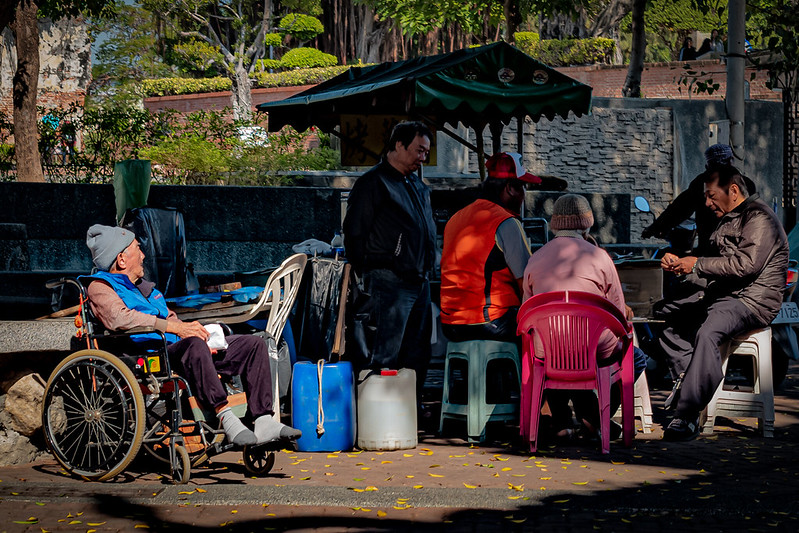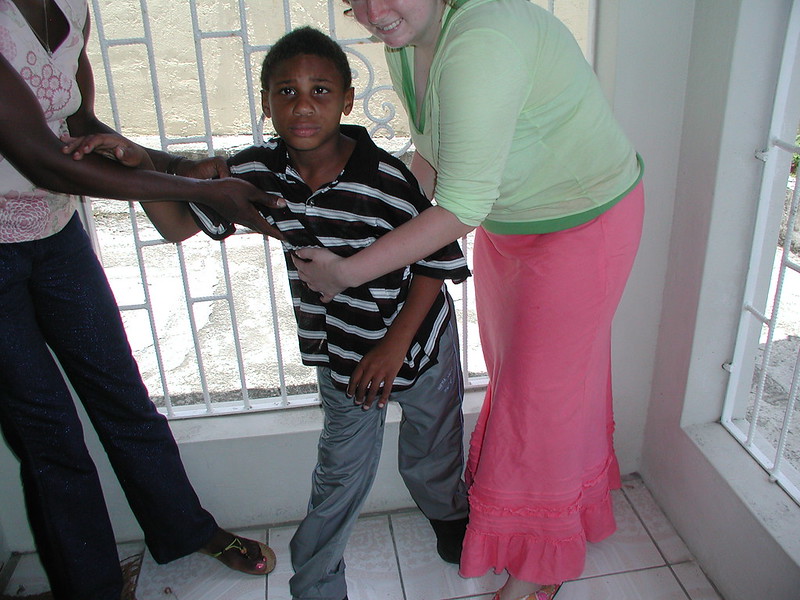 Italy’s young people with disabilities live at the intersection of two systemic failures: underfunded support services and a labor market that often views them as liabilities. A 2023 study by CBM Italia and Fondazione E. Zancan found that nearly nine in 10 families with a disabled member struggle financially, highlighting the link between disability and poverty in Italy. Instead of cash handouts, 90% of these families emphasized the need for “humanized” support such as home care, accessible therapies, mobility aids and social programs. Drawing from interviews with nearly 300 individuals aged 14 to 55, the survey highlights the persistent link between disability and poverty in Italy.
Italy’s young people with disabilities live at the intersection of two systemic failures: underfunded support services and a labor market that often views them as liabilities. A 2023 study by CBM Italia and Fondazione E. Zancan found that nearly nine in 10 families with a disabled member struggle financially, highlighting the link between disability and poverty in Italy. Instead of cash handouts, 90% of these families emphasized the need for “humanized” support such as home care, accessible therapies, mobility aids and social programs. Drawing from interviews with nearly 300 individuals aged 14 to 55, the survey highlights the persistent link between disability and poverty in Italy.
Poverty and Isolation Undermine Independence
Approximately 5.6 million Italians—about 9.7% of the population—live in absolute poverty. The study also found that one in six families received no institutional support and more than 70% had no friends or community network to help. Without access to day centers or assisted living, parents become full-time carers, which limits young people’s independence. Despite legal frameworks like Law 104/1992 and Italy’s 2009 ratification of the UN Convention on the Rights of Persons with Disabilities, many young Italians with disabilities still face marginalization in both policy and practice.
Gaps in Education Access
Italy’s inclusive education reveals significant shortcomings upon closer inspection. About 338,000 students with disabilities (4.1% of pupils) attended school in 2022–23, but demand continues to outpace support. The student–aide ratio is 1.6:1 and one-third of support teachers lack specialized training. Additionally, 12% are assigned after the school year begins. Inclusion is highly discontinuous: some 60% of disabled students change their support teacher every year. Parents report that once children reach the age of 16–18, most free supports end abruptly. As a result, many families privately pay for therapies or aides, from physiotherapy to educational tutors. According to the European Commission, in the Piedmont region, only 2.9% of people with disabilities have attained a university degree, with most leaving the education system after lower secondary school.
Barriers to Employment
Limited qualifications restrict future opportunities. Only about 36% of Italians with disabilities hold paid employment, compared to 60% of their nondisabled peers. The unemployment rate for disabled adults sits at 20%, nearly double that of others. In the CBM/Zancan survey, 38% of respondents were declared legally unable to work. In the South, that figure rises to 46%. Law 68/1999 mandates companies to hire workers with disabilities, but participation remains limited. Many eligible youths do not register for job quotas and few secure long-term employment. Northern regions offer more services and placements, while southern youth rely primarily on disability pensions.
Toward Inclusive Solutions
Italy’s disability policy still has critical gaps. Public spending on social and support services is low and uneven and complex bureaucratic assessments fragment aid. To foster autonomy and inclusion, the OECD’s 2023 report recommends expanding day centers, improving training programs and enforcing quota laws with real incentives.
– Lucrezia Frascati
Lucrezia is based in London, UK and focuses on Global Health for The Borgen Project.
Photo: Flickr


 Children with disabilities face
Children with disabilities face  Taiwan’s
Taiwan’s 

 The ongoing humanitarian
The ongoing humanitarian 
 Disability and poverty in
Disability and poverty in 